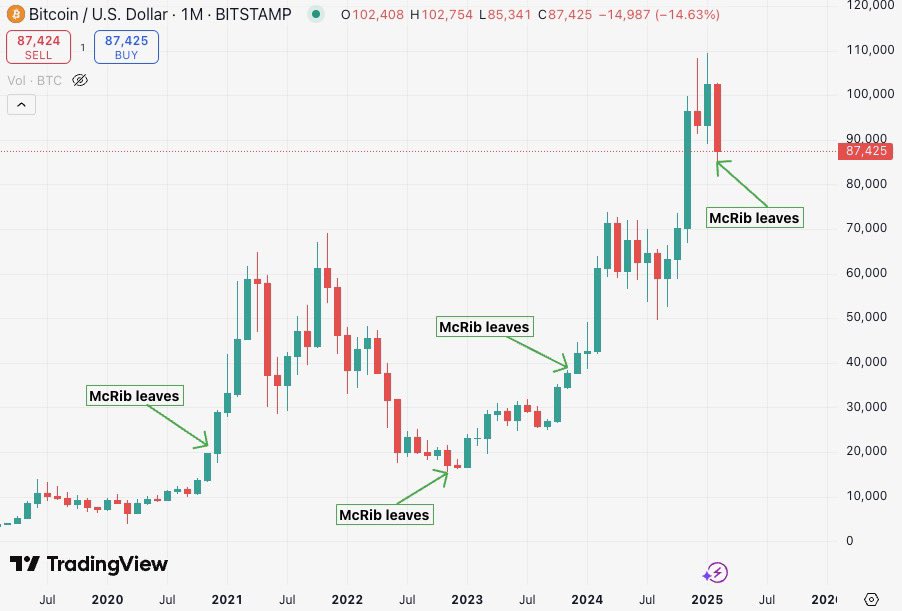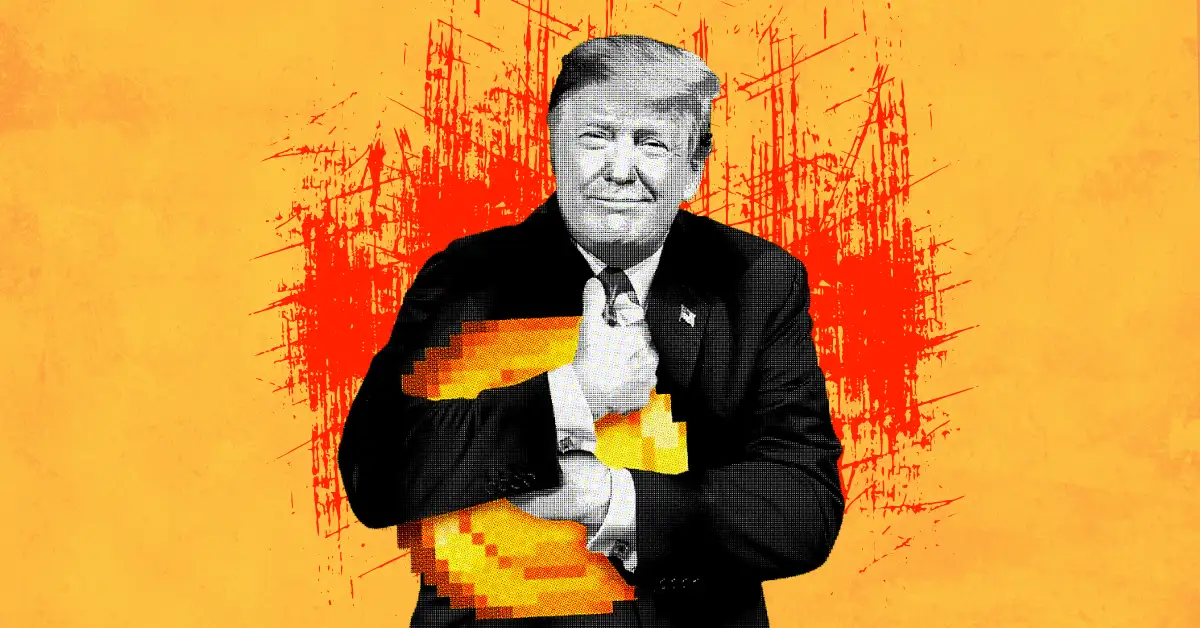Breaking News

Popular News






Enter your email address below and subscribe to our newsletter
Stay On Top

The cryptocurrency market has undergone significant shifts in recent days, with the spotlight initially on meme coins, particularly following the launch of Donald Trump’s $TRUMP token. This memecoin, launched just before Trump’s inauguration, soared to a staggering $70 billion market cap within 24 hours, momentarily lifting the spirits of the meme coin sector. However, its rapid ascent marked a peak for memecoins, and since then, the landscape has seen a marked decline in their performance, with investors seemingly shifting their focus towards more fundamentally sound tokens.
The $TRUMP token’s meteoric rise was emblematic of the speculative frenzy that often characterizes meme coins. Its launch, heavily promoted by Trump and his family, drew liquidity away from other tokens, causing network congestion on Solana and capturing mainstream attention. Yet, this euphoria was short-lived. Within days, $TRUMP crashed by over 83%, dwindling to a $9 billion market cap, a $40 billion loss that underscored the volatility inherent in meme coins. This decline wasn’t isolated; other meme coins like $MELANIA and various Trump-related tokens followed suit, with average drops of 78% from their all-time highs, as reported on X. The fallout has left many retail investors, who piled into these tokens hoping for quick gains, nursing significant losses.
The poor performance of memecoins post-$TRUMP has led to a broader reassessment of risk in the crypto market. Posts on X have highlighted how $TRUMP’s launch “nuked” the charts of other meme coins like ZEREBRO, GOAT, MOODENG, and PNUT, draining liquidity from these projects. This has fueled skepticism about the sustainability of meme coins, with some analysts on X noting that the event “proved to crypto skeptics that the whole crypto world is a sham,” prompting short-selling via inverse ETFs. The sentiment shift is palpable, with the once-celebrated carnival-casino era of cryptocurrencies now facing criticism for its speculative excesses.
Amidst this backdrop, there’s evidence of capital flowing towards more serious tokens, those with stronger fundamentals and real-world utility. For instance, Bitcoin, despite its own volatility, is seeing renewed interest as a hedge against economic uncertainty, with some investors looking to capitalize on its perceived stability compared to meme coins. Ethereum, with its robust DeFi ecosystem, has also seen inflows, as investors seek platforms with established use cases. Tokens like Chainlink (LINK), which facilitates blockchain oracles, and Aave (AAVE), a leader in DeFi lending, are gaining traction, as evidenced by World Liberty Financial’s investments in these assets. Similarly, Cardano (ADA) and Sui (SUI) are attracting attention for their technological advancements and potential for real-world applications, such as Cardano’s Walmart integration and Sui’s high transaction throughput.
This shift in capital allocation suggests a maturing market, where investors are becoming more discerning, favoring projects with tangible value over speculative hype. The decline of memecoins post-$TRUMP has highlighted the risks of chasing short-term gains, and the market is now rewarding tokens that offer utility, scalability, and resilience. While meme coins will likely remain a part of the crypto landscape, their recent poor performance may signal a cooling-off period, with money increasingly flowing to tokens like Bitcoin, Ethereum, Chainlink, Aave, Cardano, and Sui, which promise to deliver on the blockchain’s potential for innovation and economic empowerment.